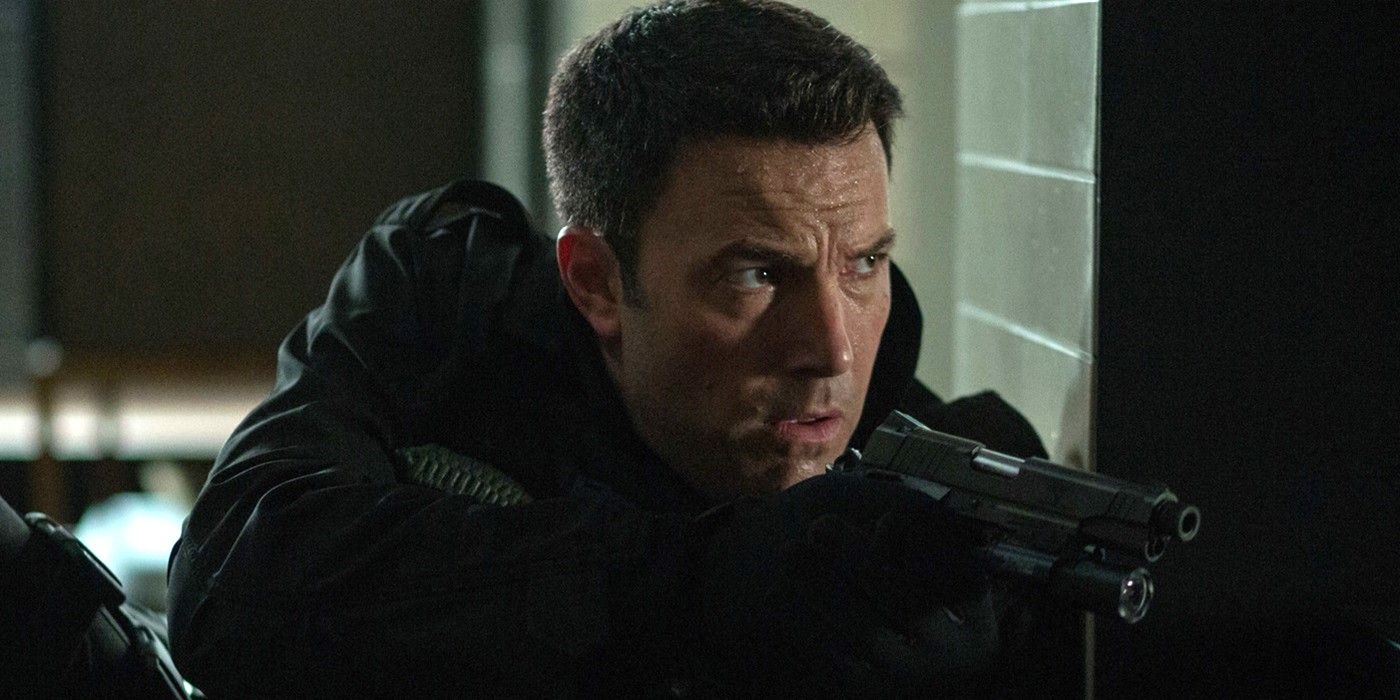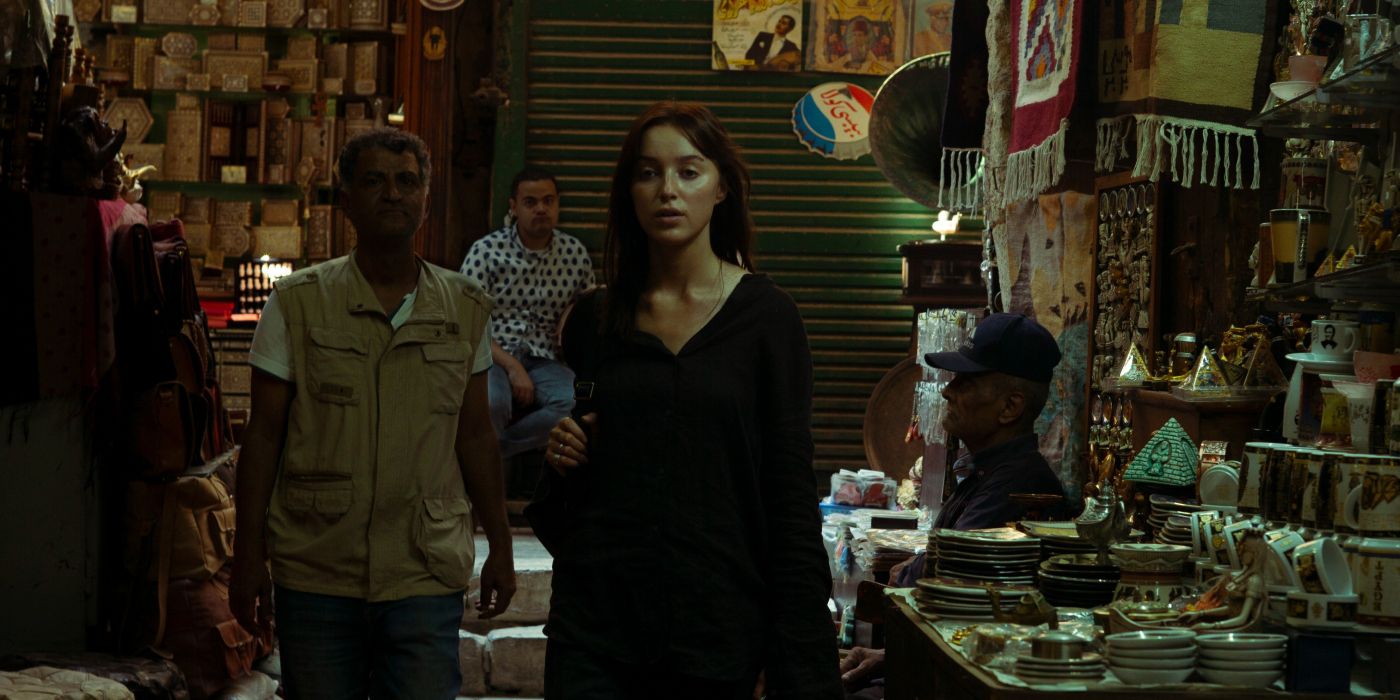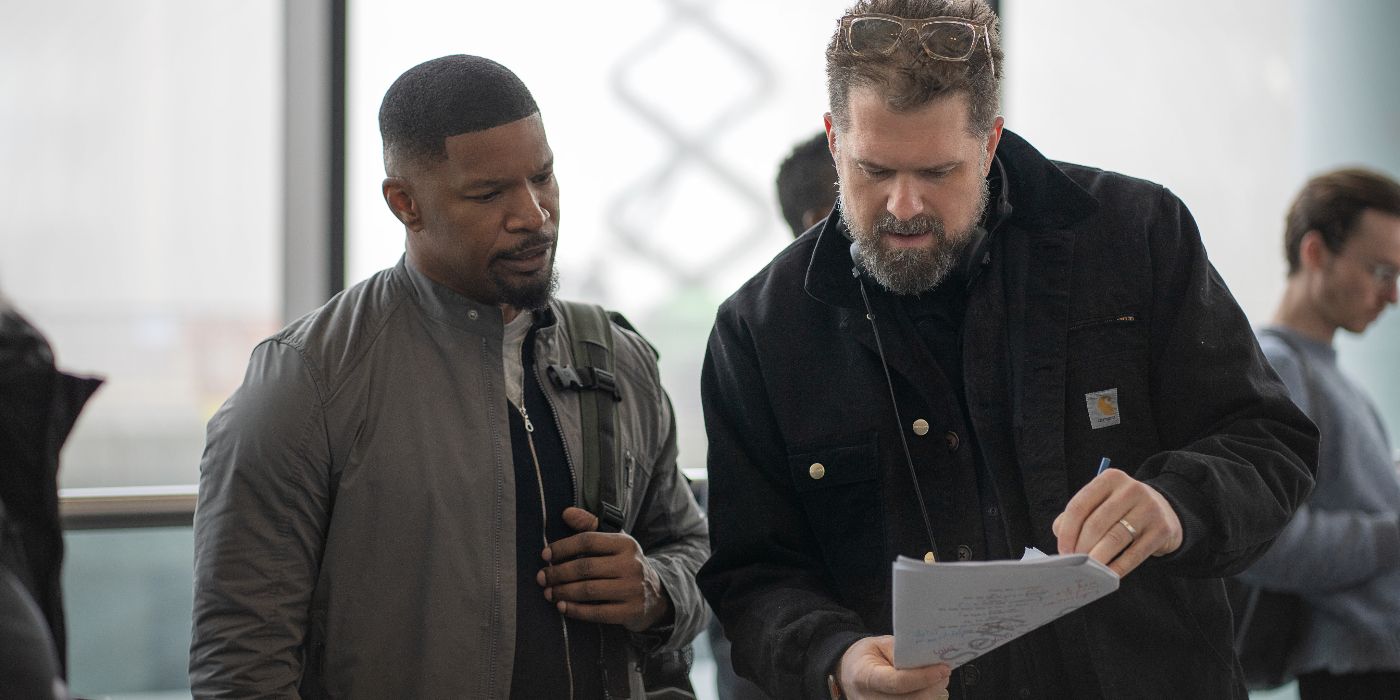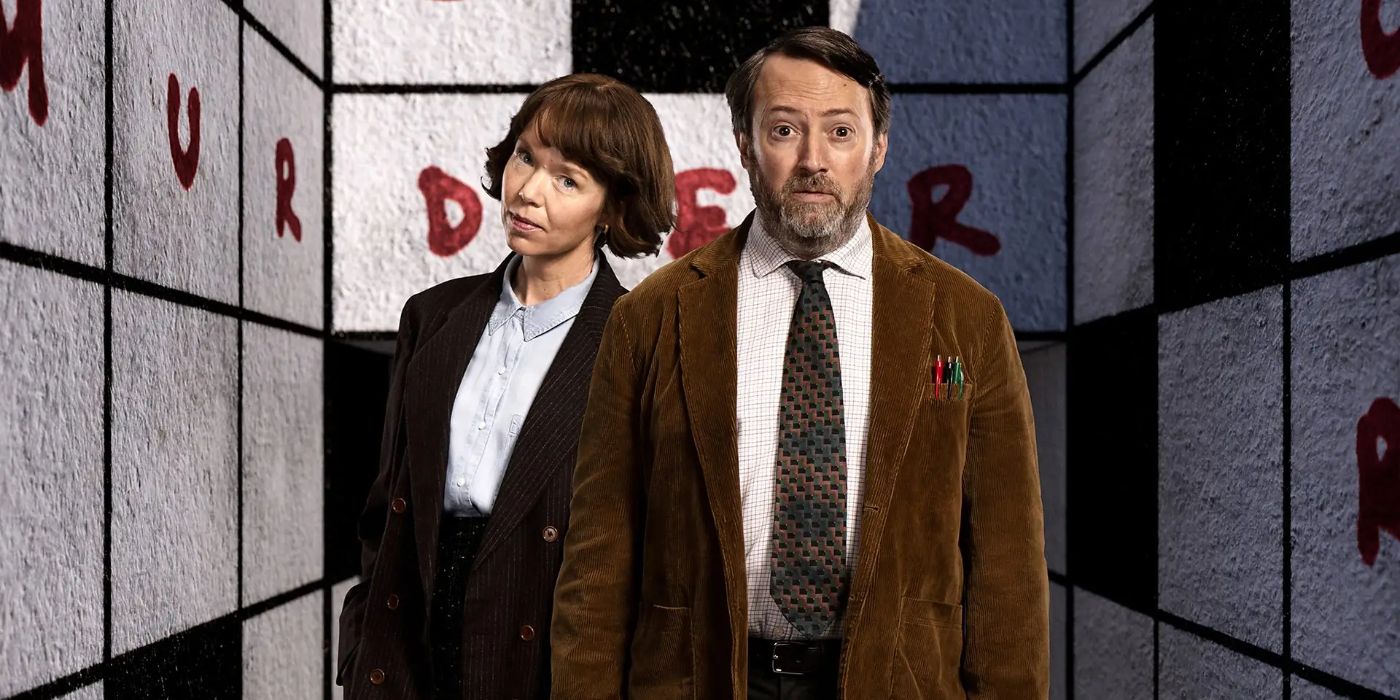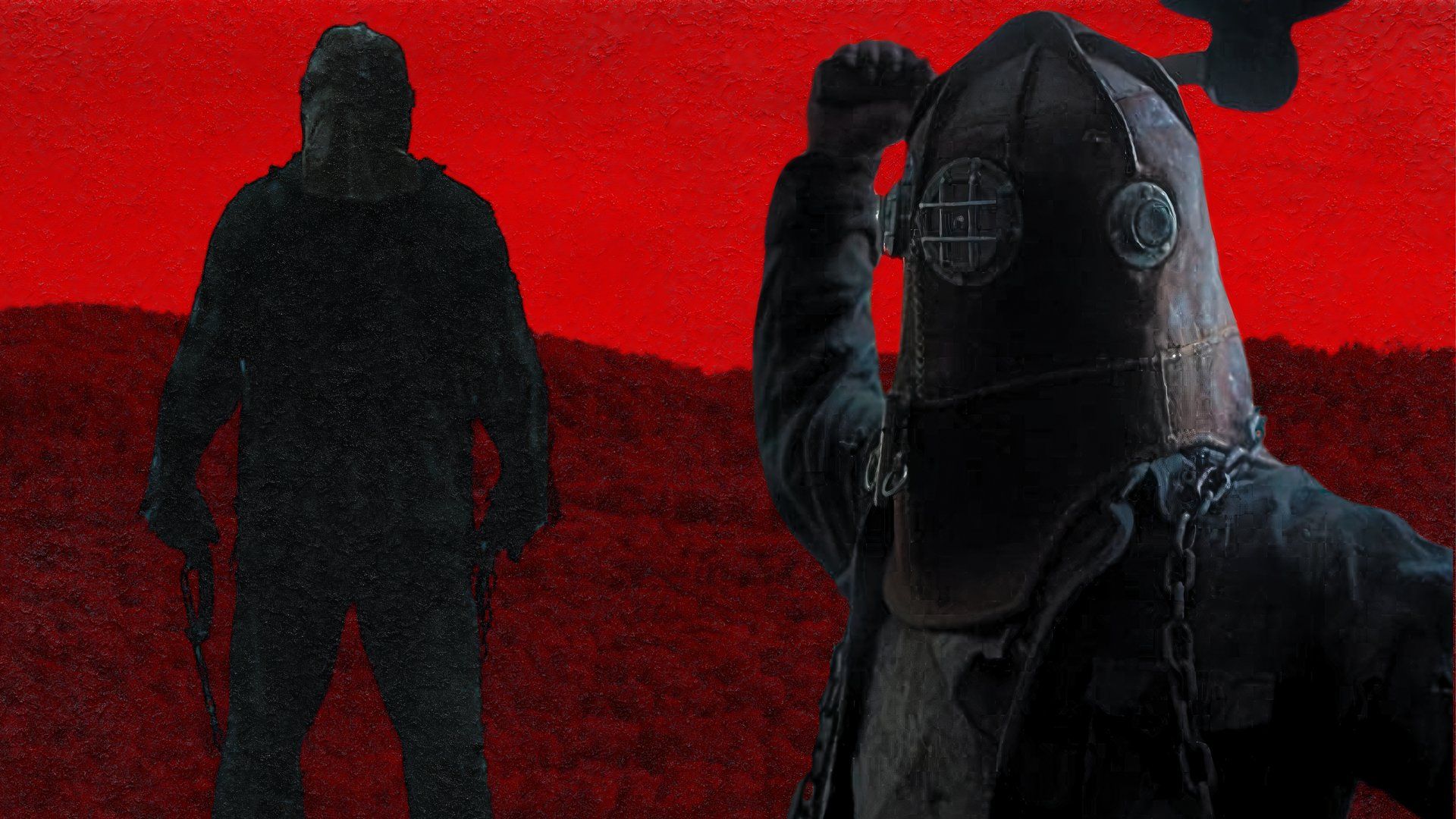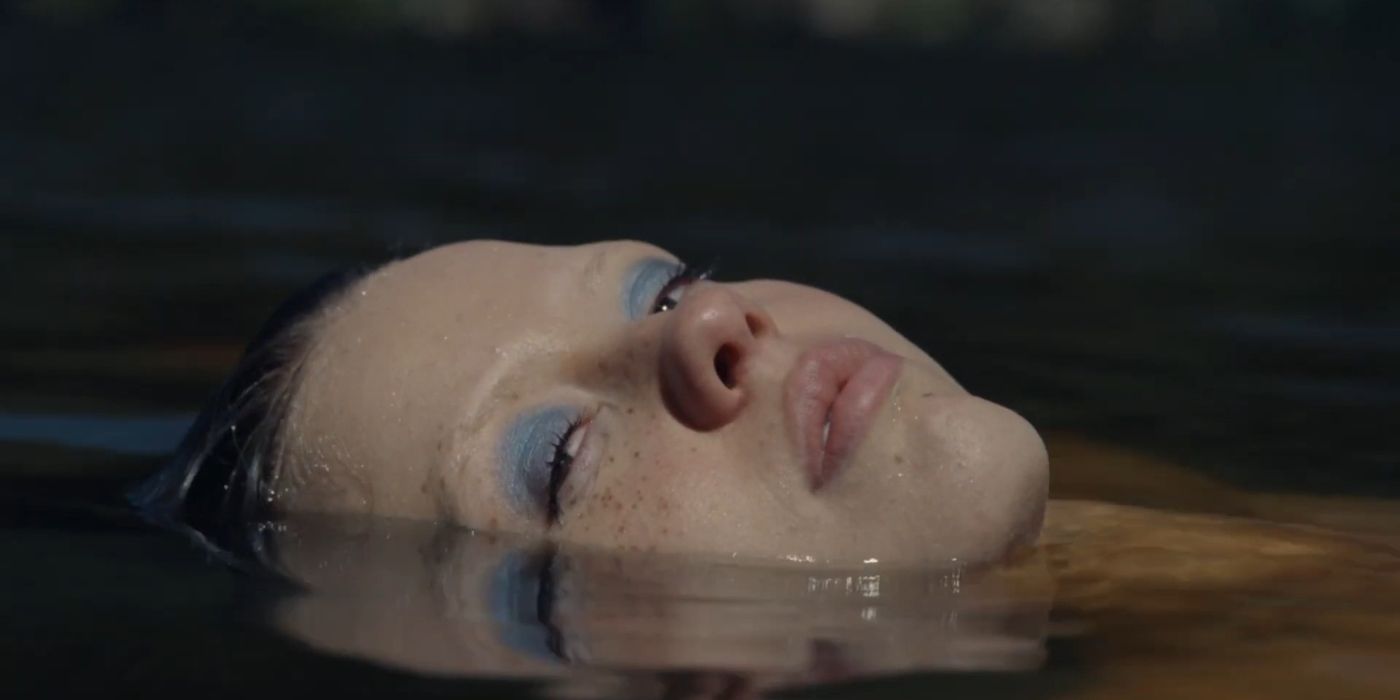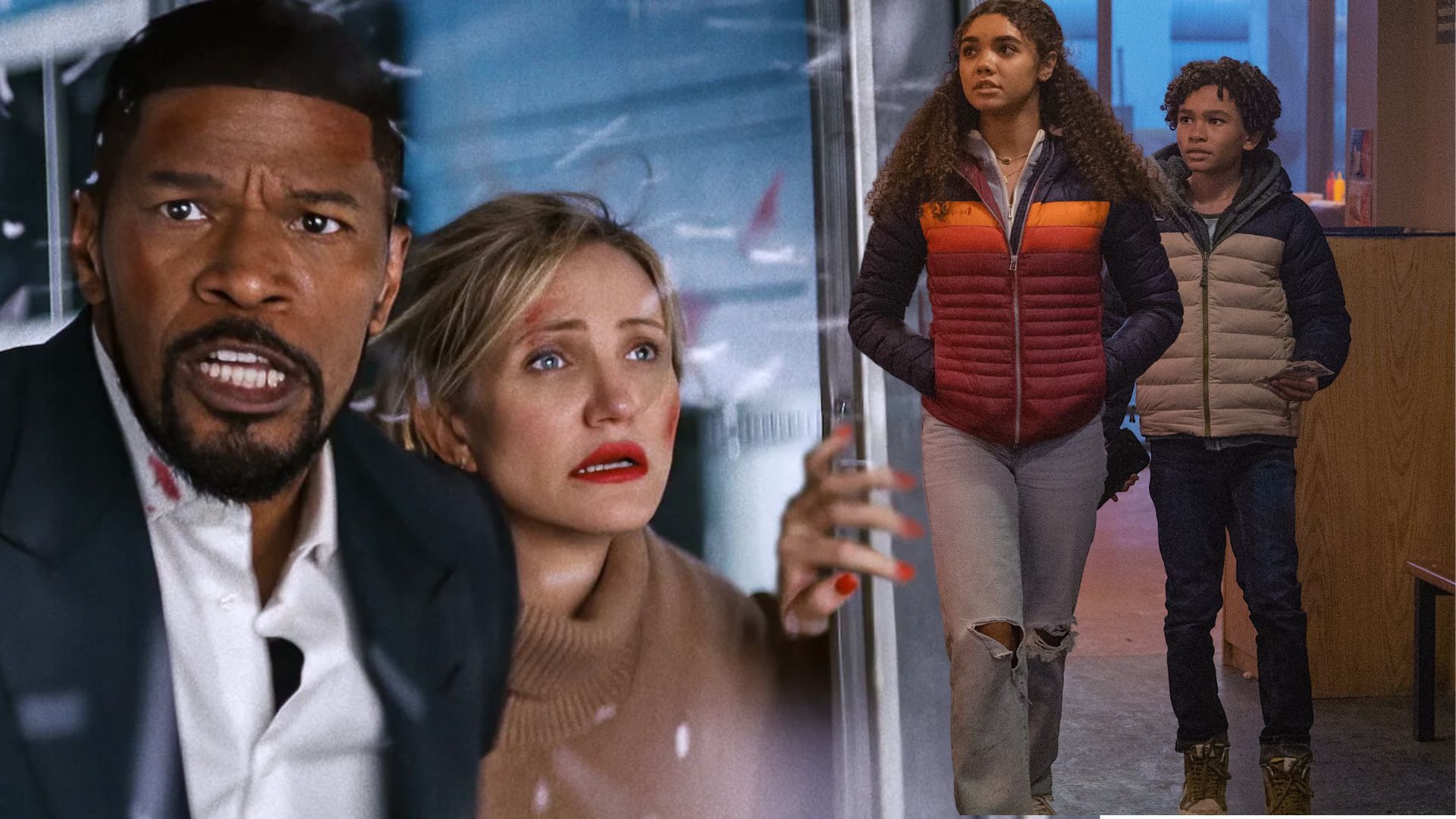Bogdanovich took a minute to dust himself off but returned with a string of hugely enjoyable failures. “Illegally Yours,” “Texasville,” “Noises Off,” and “The Thing Called Love” all underperformed, but they’re all good. “Texasville” in particular is magnificent, best viewed in a BETA copy of the director’s cut passed around on the grey market. Just as all his pals were returning to nostalgia, Bogdanovich returned to his biggest hit, but no one was interested.
He moved to television and books afterwards, directing “To Sir, With Love 2” with Sidney Poitier for CBS and an episode of “The Wonderful World of Disney” among others. He started releasing and re-releasing his books and old interviews and monographs, racking up an impressive collection of invaluable records of old Hollywood. He started showing up as an interview subject in hundreds of documentaries about filmmaking history and started acting more. Most famously he took the role of Dr. Melfi’s (Lorraine Bracco) therapist Elliot Kupferberg on “The Sopranos,” leaning hard into the ascot wearing aesthete image he’d cultivated all his life.
He was helped into his elder statesmen years as directors like Noah Baumbach, Wes Anderson, Quentin Tarantino, and Sofia Coppola all started citing him as an influence. The image of Bogdanovich in a chair, meaningfully waxing about the legends of stage and screen, is perhaps the enduring one, more so than the tyrant on horseback or the romantically troubled artist.
In 2001, he divorced Louise Stratten (though they stayed close) and directed his penultimate film for theaters, the deeply charming Art Deco murder mystery “The Cat’s Meow,” about a real life incident of homicide on William Randolph Heart’s yacht (his final bit of revenge on the man on whom Welles had supposedly based his antihero in “Citizen Kane”). He’d direct once more for the big screen (he kept making documentaries, one on Tom Petty, one on Buster Keaton, etc.), 2014’s polarizing “She’s Funny That Way,” produced by Baumbach and Anderson, and based loosely on his own experiences.
Bogdanovich used to call himself a young man in an old man’s business, but he was never really young. He was stuck in the ‘30s, imagining himself next to studio hands like Ford, Hawks, and Dwan, just to the right as they called action. His direction perfectly split the difference between where American dramatic films were going and where they’d been. No one could have done what Bogdanovich did before he did it, and no one will ever do it again.
You can view the original article HERE.

